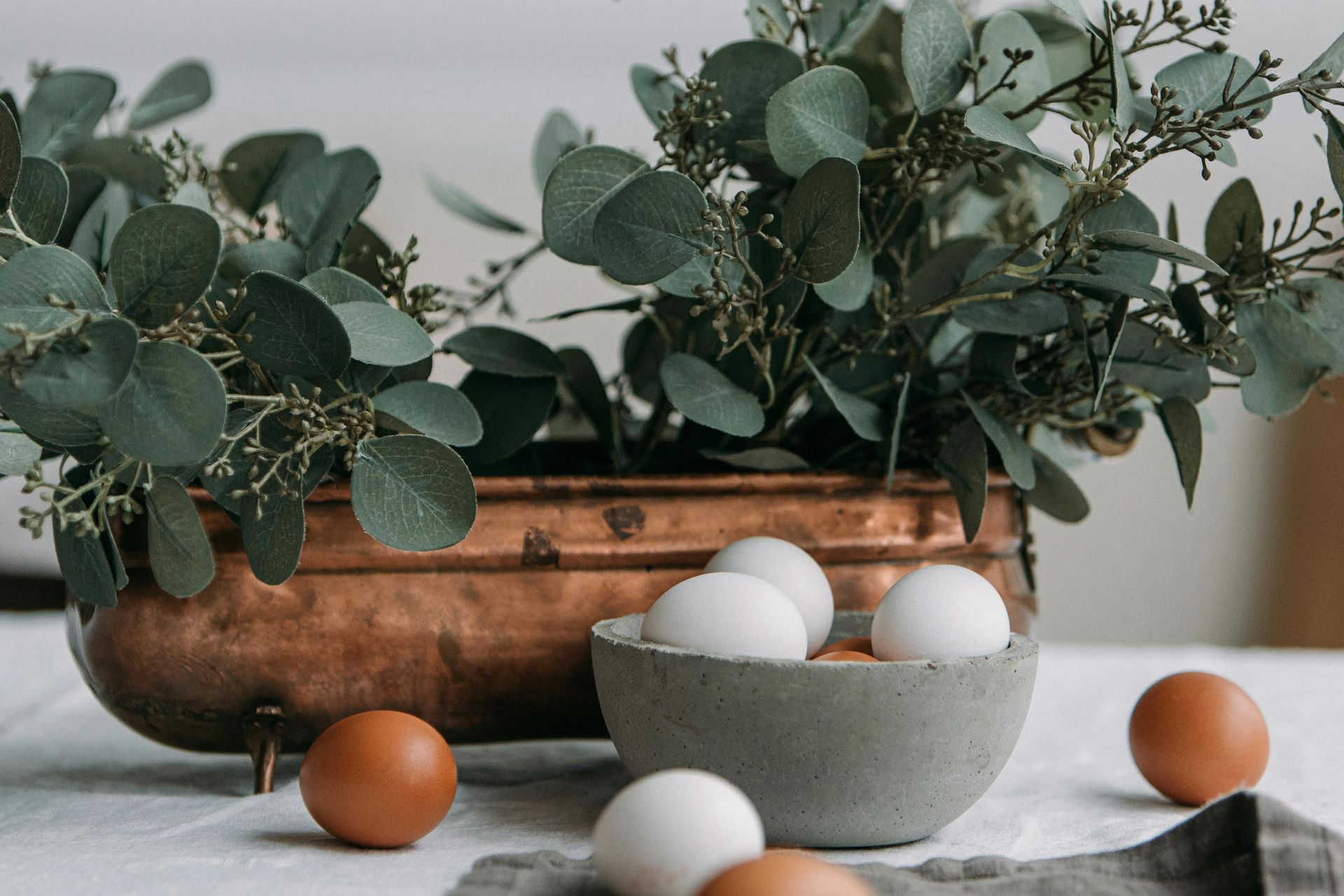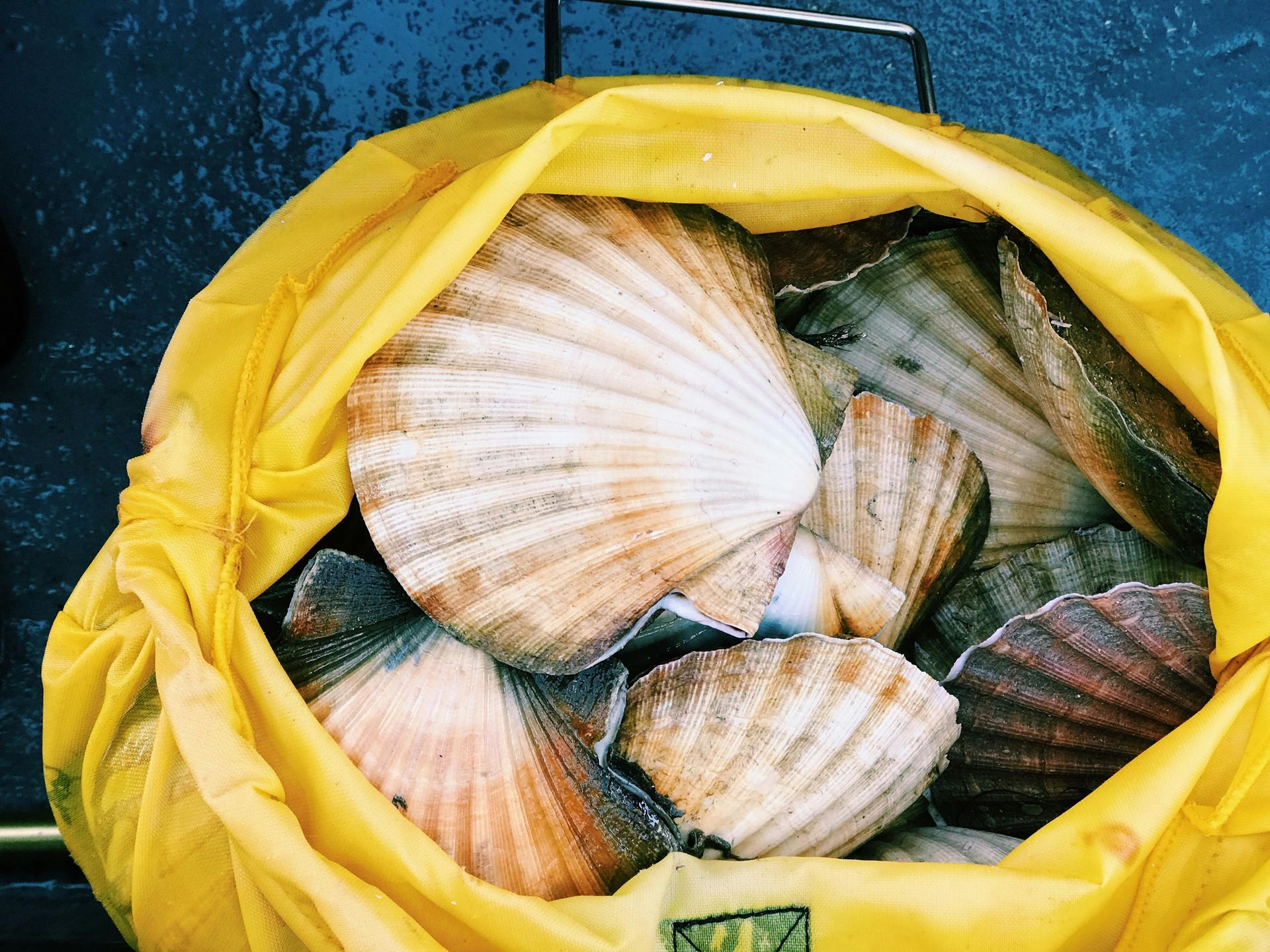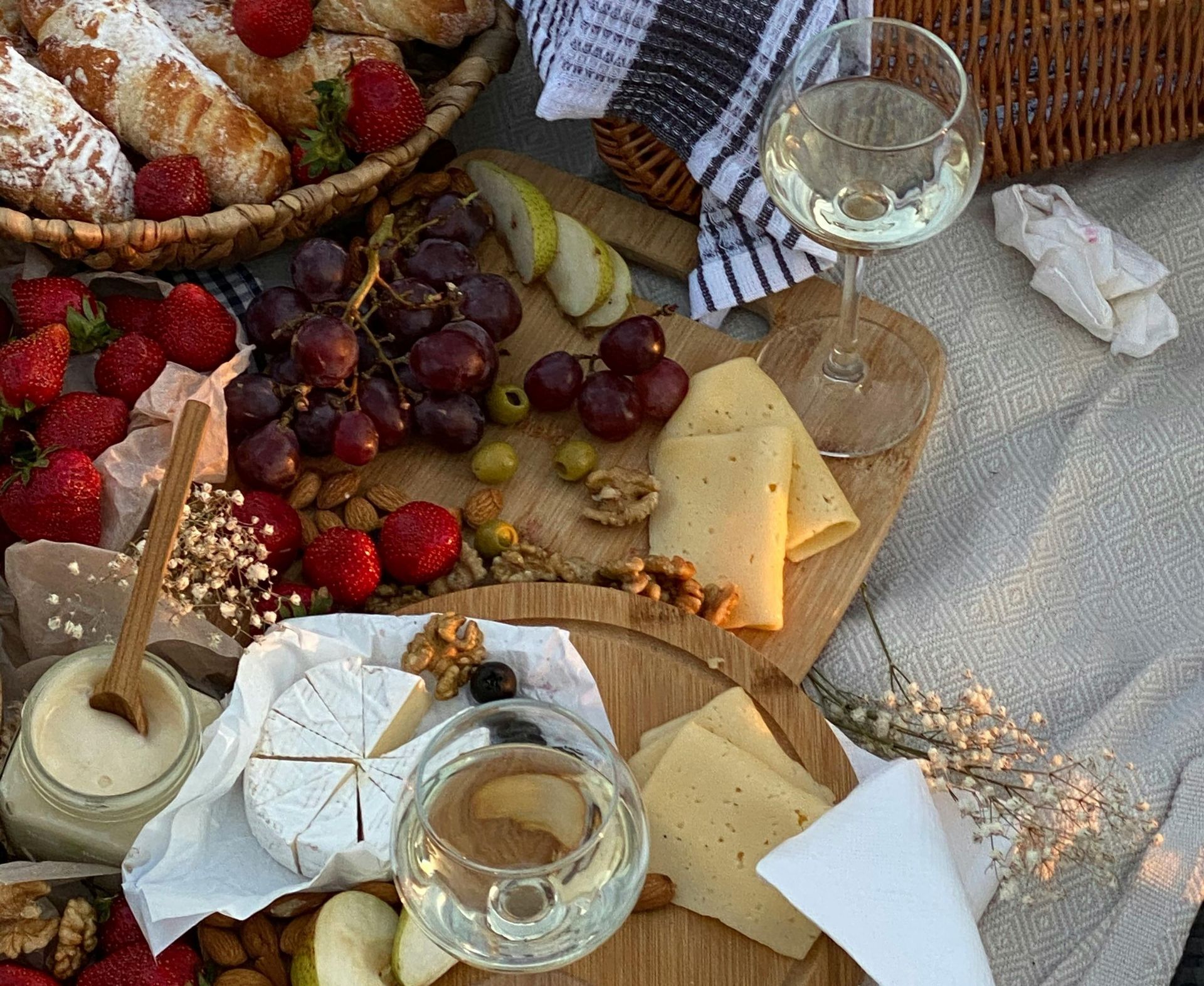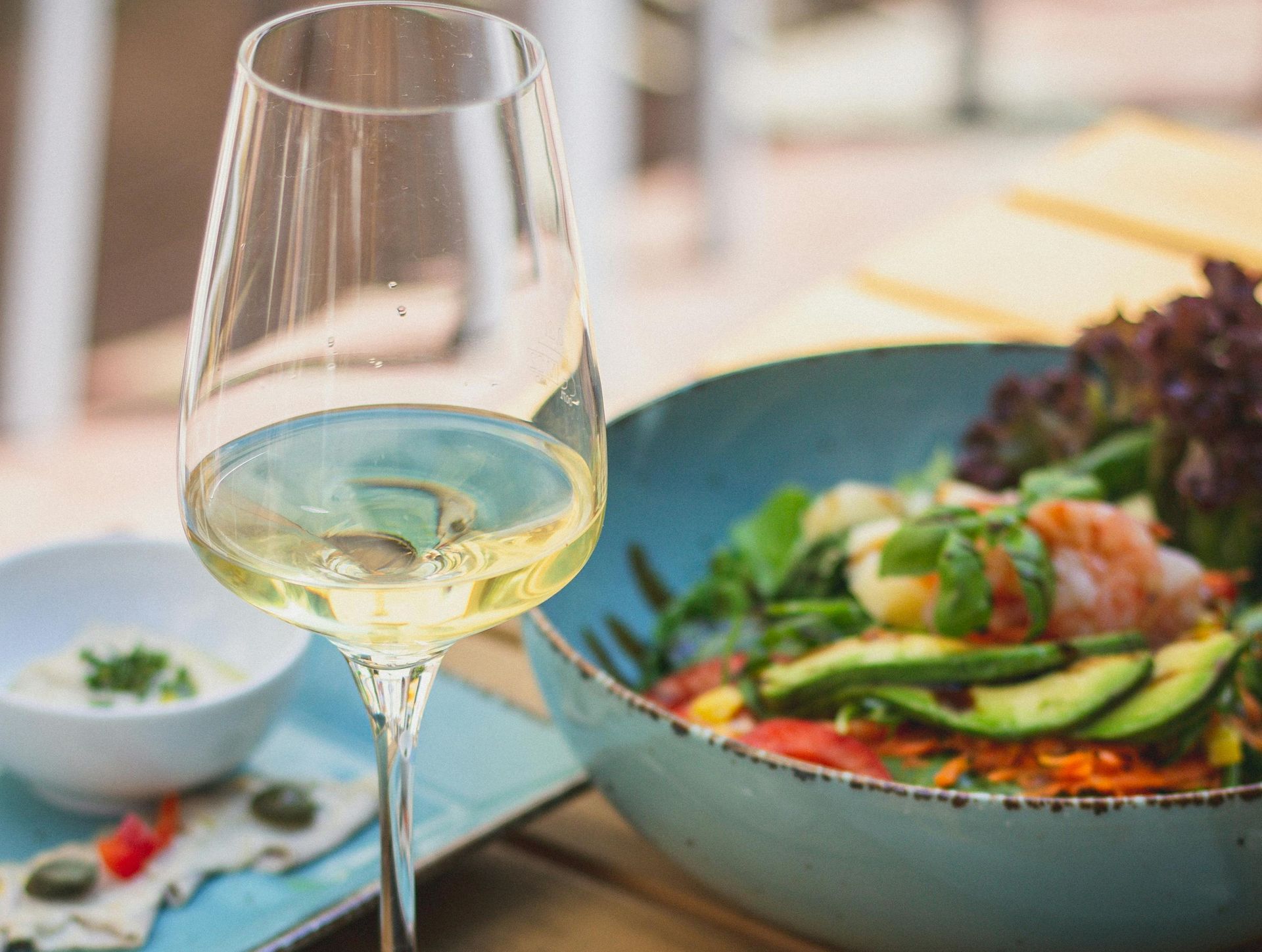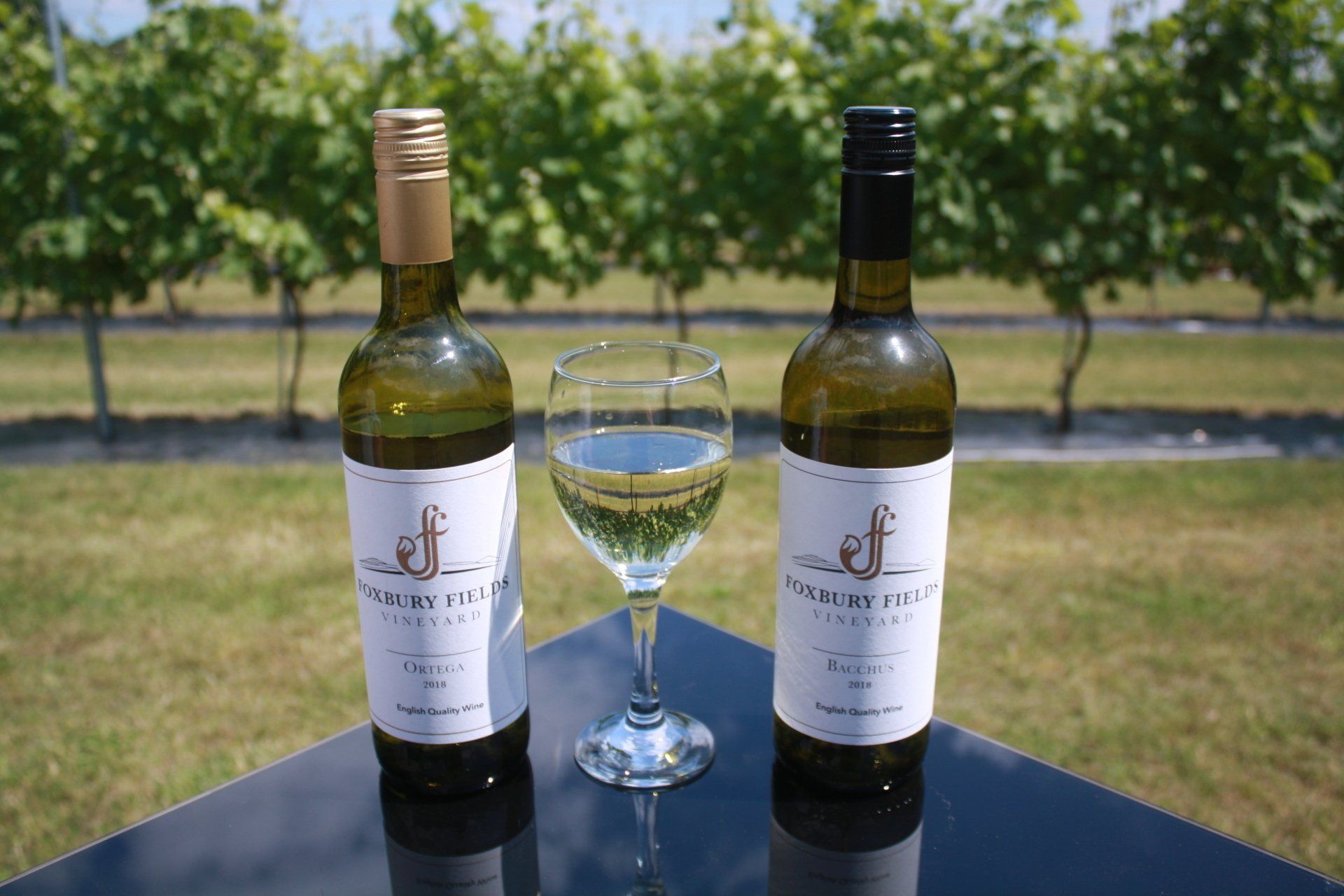The early history of white wine
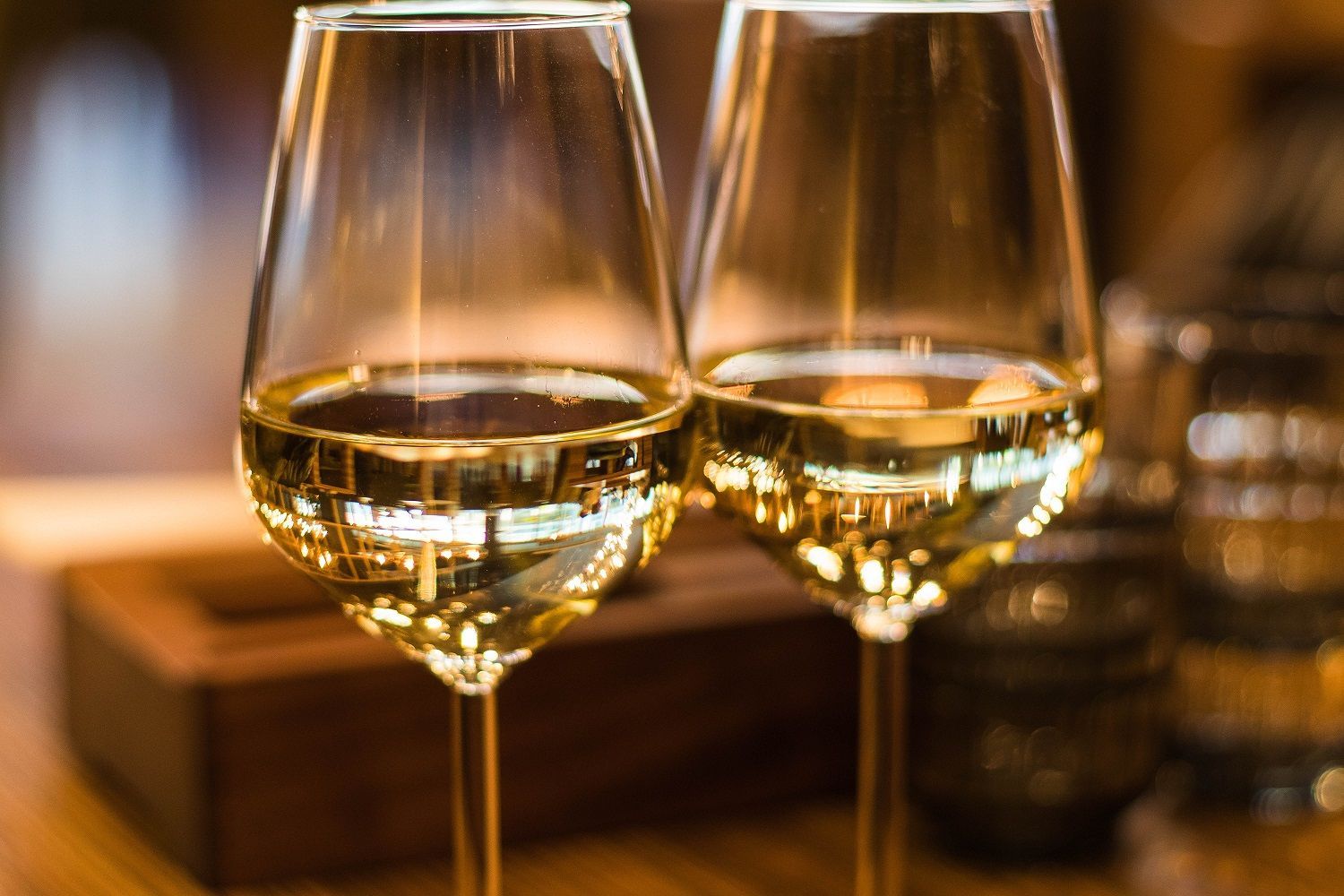
Wine goes back thousands of years.
In ancient Greece, the physician Hippocrates, born around 460 BC, commonly prescribed ‘Vinous white wine’ and ‘bitter white wine’ as part of his treatments.
But it was Romans who ensured wine was known further afield.
Sweet white wine
They used the same style of viticulture as the Greeks and produced white wine. With food and drink a sign of prestige, rich Romans ensured it featured heavily when they entertained.
Those with the most money built fabulous villas in the Bay of Naples where the vine had been cultivated since its introduction by the Greeks.
These ancient grapes produced a sweet white wine resembling a Madeira that was used to make a mulled wine.
Healthy drink
As the Romans conquered areas to the north, they began to cultivate the vines that produced lighter and less sweet wines. The difference in climate they experienced, as they expanded their empire, ensured the creation of new varieties that could better cope with the weather than their Mediterranean cousins.
In Germany, vines were planted so that Roman soldiers had a safe drink to quaff instead of the unhealthy water. They drank cooling white wine in summer and warmed it up in the winter.
With the fall of the Western Roman Empire, the popularity of wine declined, and growers and wine merchants found themselves struggling.
Plundering wine making regions
The new overlords, the Germanic tribes, had different tastes. They guzzled beer.
The decline of viticulture continued with the Vikings controlling the Atlantic.
In the south, the Saracens were plundering southern Europe and taking residents for their slaves. This caused the wine making regions like the Languedoc, Provence, Southern Italy, and the Douro Valley to become abandoned, as people fled to escape the marauders.
Made by monks
Luckily the art of grape growing, and white wine making, didn’t die out.
Catholic monks preserved the knowledge, started planting vines across Europe and creating wines for the celebration of mass and for the consumption of those living in and near the monasteries.
Eventually, white wine once again became a prestige drink. Noblemen thought that including it as part of their tablescape when entertaining reflected a host’s status, refinement and wealth.
